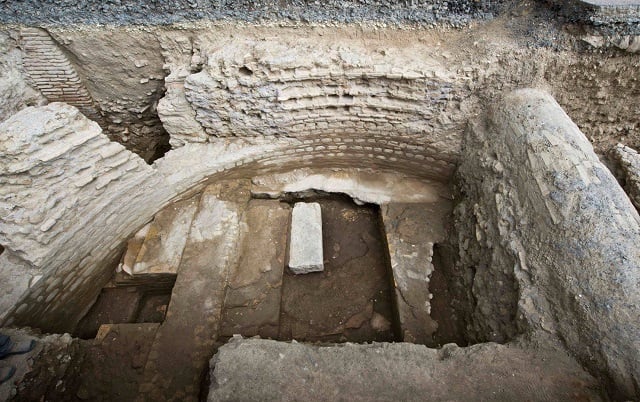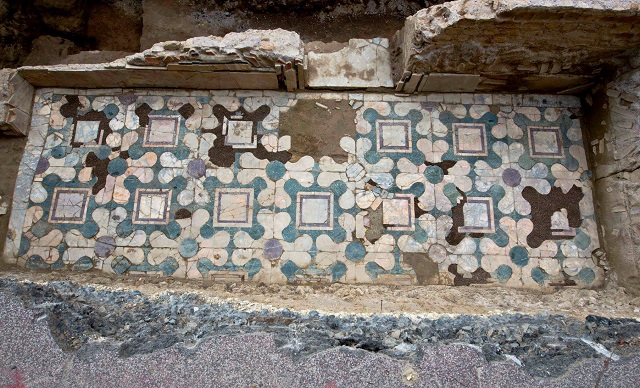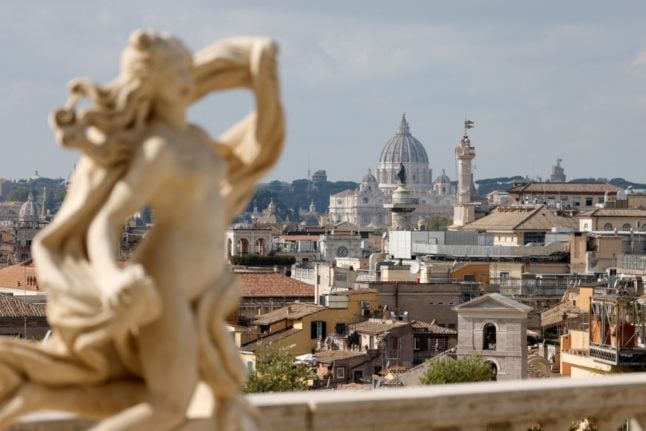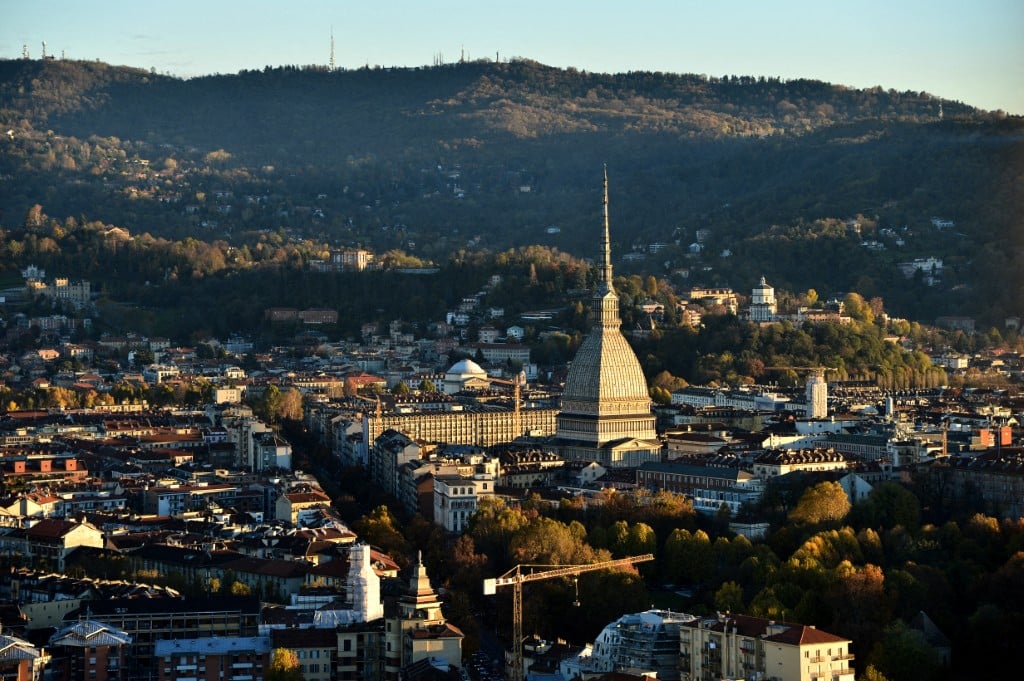The find was made at Ponte Milvio, a bridge along the River Tiber in the northern part of the city. And it came about completely by chance while electrical technicians, who were laying cables along the site, uncovered remains of buildings dating back to between the first and fourth century AD.
Rome's Archaeological Superintendency called the discovery “an archaeological enigma shrouded in mystery”.
Want more archaeology stories? Keep up to date with our dedicated archaeology section.

The mysterious site. Photo: Soprintendenza Speciale Roma
READ ALSO: Archaeologists just found a medieval horse's head at the Colosseum
Part of these remains look likely to have been used as a warehouse, but it's an older building on the higher level that has presented archaeologists with a mystery.
Coloured marbles sourced from north Africa were used in the building's floors and walls, suggesting that it served an important purpose either for a Roman noble family or for the local community.
And its location close to an early cemetery has led to a theory that it could also be an early religious site, possibly one of Rome's very first churches, although there were no signs of an altar or religious decoration.
The superintendency confirmed that it was looking into the hypotheses that the remains belonged to “a Roman villa or a Christian place of worship”.
It's not uncommon for workers to stumble across ancient ruins or remains during routine excavations, as was the case with this find. Work on the capital's Metro line C was repeatedly delayed by workers coming across centuries-old ruins, including Rome's oldest aqueduct, and an ancient Roman bath house and tombs were unearthed during works on a new church.
READ ALSO: McDonald's opens restaurant-museum over ancient Roman road




 Please whitelist us to continue reading.
Please whitelist us to continue reading.